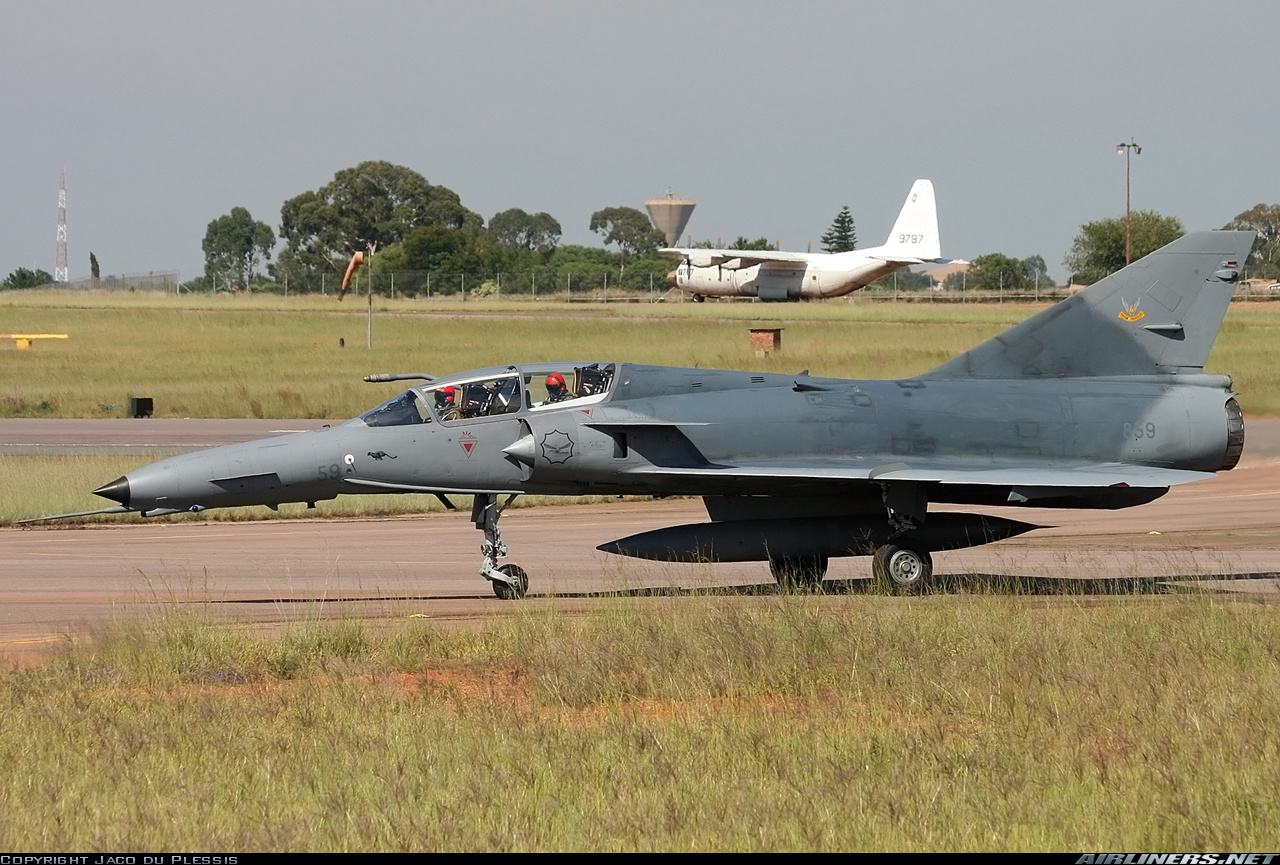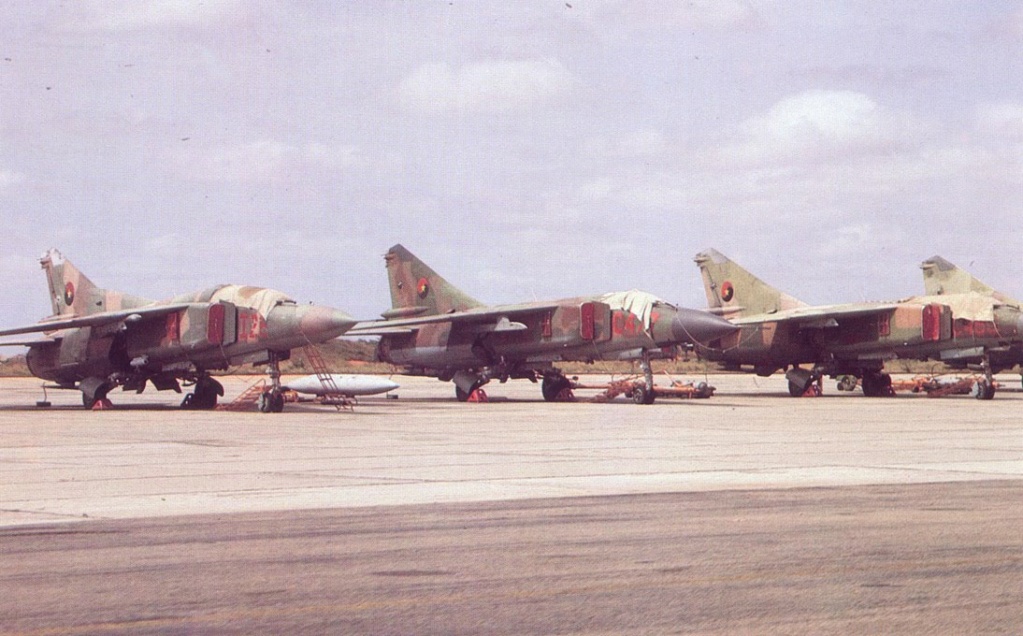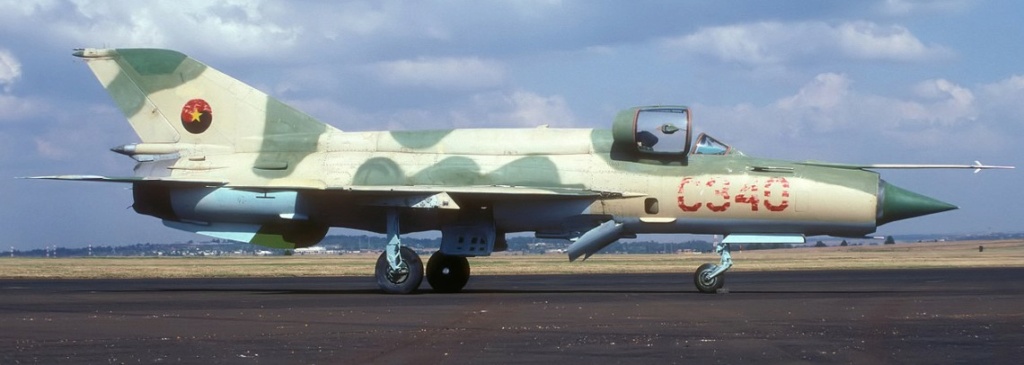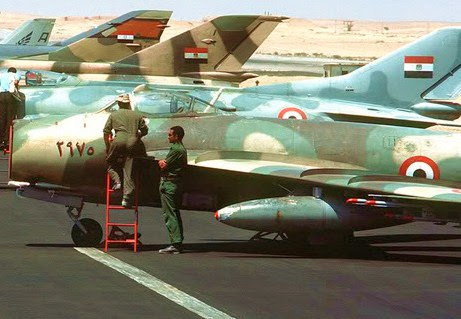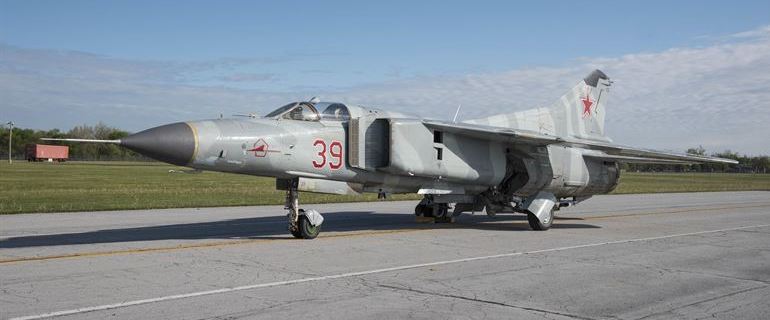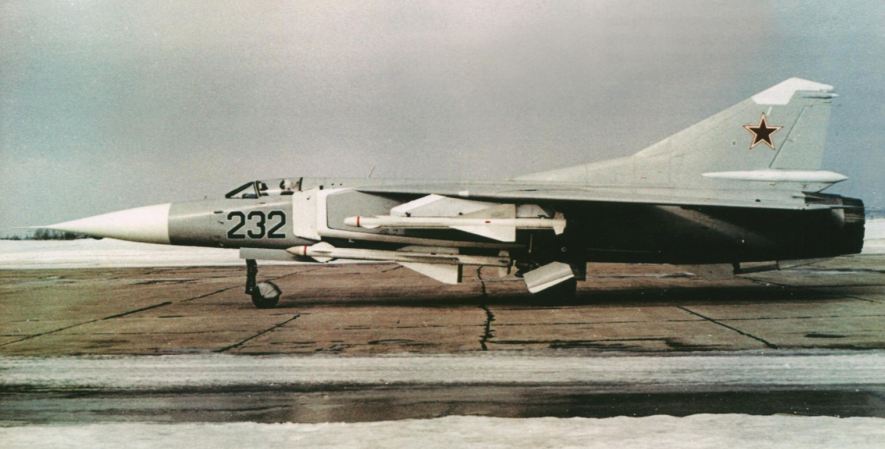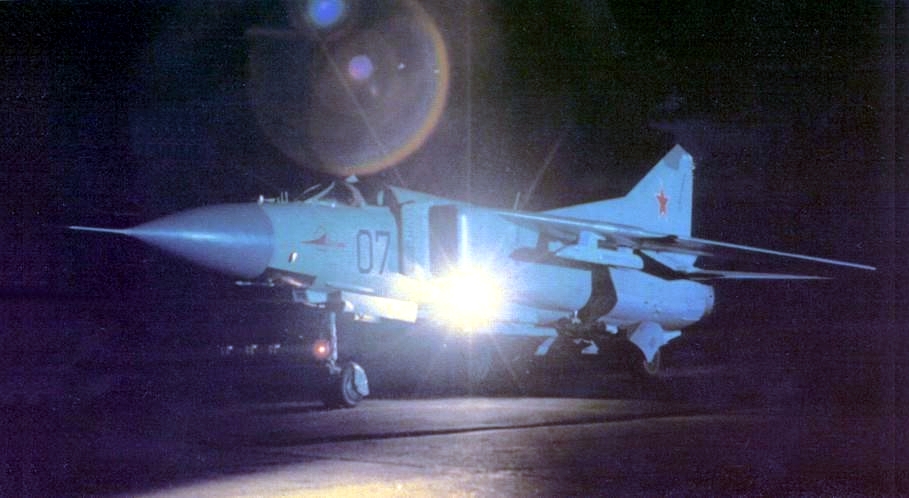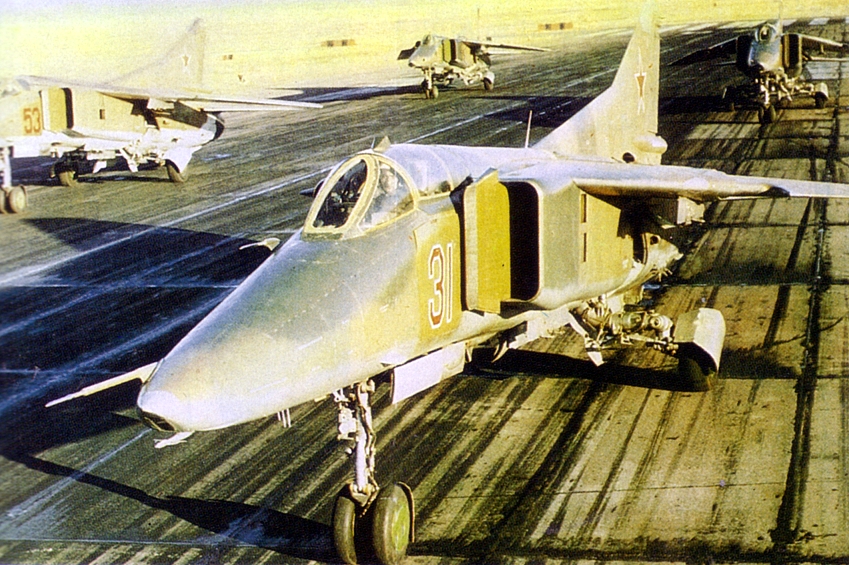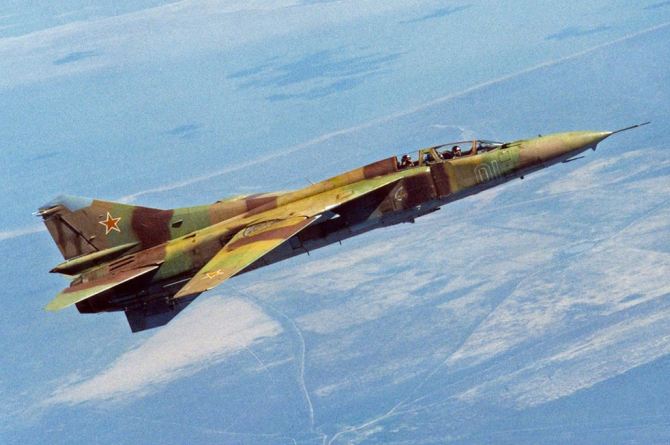The Sukhoi OKB produced three interceptor samples during the late 50's through to the 70's. None of them was ever exported in order to prevent sensitive equipment from falling into the wrong hands.
The first one was the Su-9 and was developed in tandem with the Su-7 and they both shared the same engine. Despite this the Su-9 proved to be quite troublesome when it first entered service in 1959. Many were lost due to engine failure but other factors like poor maintenance was also a major cause. However by 1963 the high attrition rate was mostly solved.
For many years the Su-9 remained the only Soviet interceptor able to exceed the service ceiling of 20 000 meters - needless to say it broke several speed and altitude records. These records stood for a good few years and was only broken when the superb Mig-25 entered service.
The Su-9 was the only interceptor able to hunt down the famous U-2 spy plane but was never successful. One such an attempt was made on a U-2 piloted by Gary Powers. The pilot of the unarmed Su-9 overshot the U-2 when it tried to ram it. However the race was won by the missile lobby when a S-75 brought the aircraft down. Why was it unarmed? The Su-9 was on a ferry flight to another airbase!
Su-9's were also used to bring down spy balloons and light commercial aircraft intruding into Soviet airspace - both proved to be a tough task for a such a fast jet. About a thousand Su-9's were produced, which included 50 two seaters, and they served in the PVO for many years.

A major drawback of the Su-9 was it's poor avionics and the obsolete K-5 air-to-air missile. This resulted in the much improved Su-11, and unlike it's predecessor the Su-11 proved very reliable in service (not so according to Wikipedia

). The aircraft was known in PVO regiments as "The Flying Pipe".
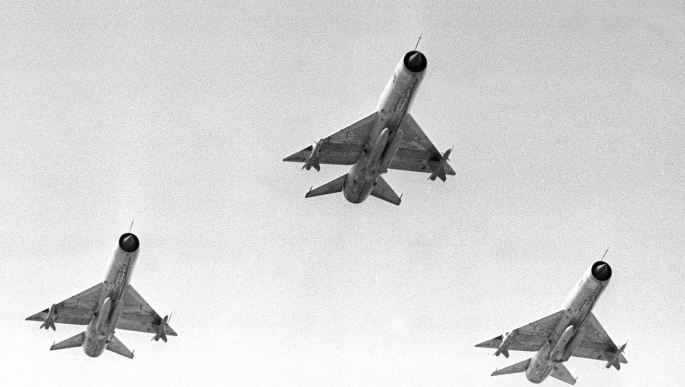
However there was one fatal accident that claimed the life of a test pilot. The accident played into the hands of the Yak OKB and as a result only 108 Su-11's were produced alongside the Yak-28P's 435 samples. Both were produced in the same production plant in Novosibirsk!
In terms of performance the Su-11 was a far superior interceptor compared to the Yak-28P, but the Yak had one thing going for it - range, but the latter had a poor service ceiling. Both aircraft was equipped with similar and much improved avionics as well as the K-8 missile. The Yak was also able to use the K-13 missile. These two aircraft and the earlier Su-9 served in the PVO until the early 80's and were replaced in service by the vastly superior Su-15.
None of these aircraft had any internal cannons, which was quite a drawback, but both the Yak and the Su-15's were able to use the externally mounted UPK-23 gun pods.
The Su-15 was developed from a "covert" internal program by the Sukhoi OKB, an was known as the T-58 in a single engine and twin engine configuration. The resulting Su-15 was the twin engine option powered by the R11F2-300. The aircraft was armed with the improved K-8M1P missiles - one IR version and the other a radar homing variant. The missiles were later re-designated as the K-98.
State acceptance trails proved the aircraft and its systems as highly reliable but demanded an increase in range closer to the required 2000 km.
The Yakolev OKB got wind of this new development and immediately started on improving the Yak-28P. The air intakes was literally copied from the Su-15 design but proved to be a total lemon as flight tests revealed that the design was in fact inferior to the Yak-28P!

As with most pure delta wings the Su-15 suffered from poor landing-and takeoff performance. A lift engine STOL variant was tested but the idea was quickly discarded in favour of a wing re-design.
This eventually resulted in the much improved Su-15T/M with its distinctive kink in the delta. The final production variant - the Su-15TM - was constantly updated throughout its service. This variant was also compatible with the R-60 short range missile. The Su-15's main target was aimed US/NATO strategic bombers and spy aircraft like the RC-135's. The Typhoon-M radar was quite powerful but it never had true look-down-shoot down capability. The task of hunting low level targets was mostly left to the Mig-23P.
With Victor Balenko's defection it was not only the Mig-25 that was hastily upgraded to PD/S standard, the Typhoon-M radar on the Su-15 also went through an upgrade program to offset the damage that was done.
Due to the downing of two Boeing airliners in 1978 and 1982 respectively, the aircraft was dubbed in the West as The Boeing Killer. Despite this negative image the aircraft served with distinction in most of the PVO regiments. Production stopped in 1979 with nearly 1300 produced and the type was finally withdrawn from Russian service in 1994 - mostly in order to comply with CFE limits.







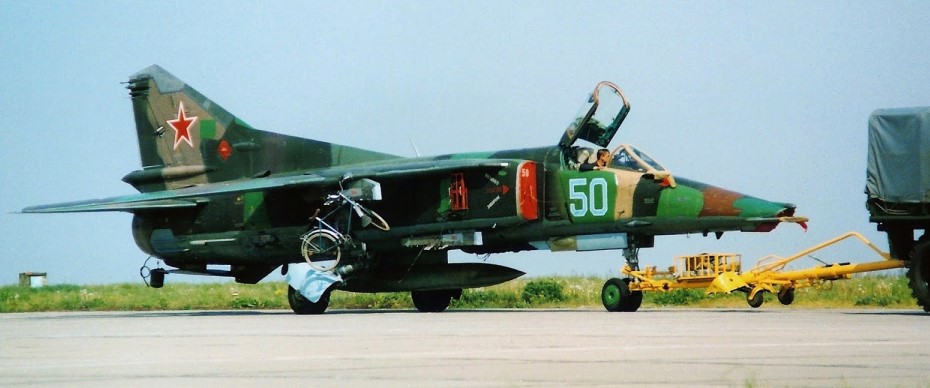
 Funny a few weeks ago we watched 'Top Gun' prior to 'Maverick' and we were laughing at how they were trying so hard to be politically correct without insinuating anything Russian, making the enemy flying those black F-5s with similar to North Korean stars as insignia lol. They really spread it around.
Funny a few weeks ago we watched 'Top Gun' prior to 'Maverick' and we were laughing at how they were trying so hard to be politically correct without insinuating anything Russian, making the enemy flying those black F-5s with similar to North Korean stars as insignia lol. They really spread it around.
